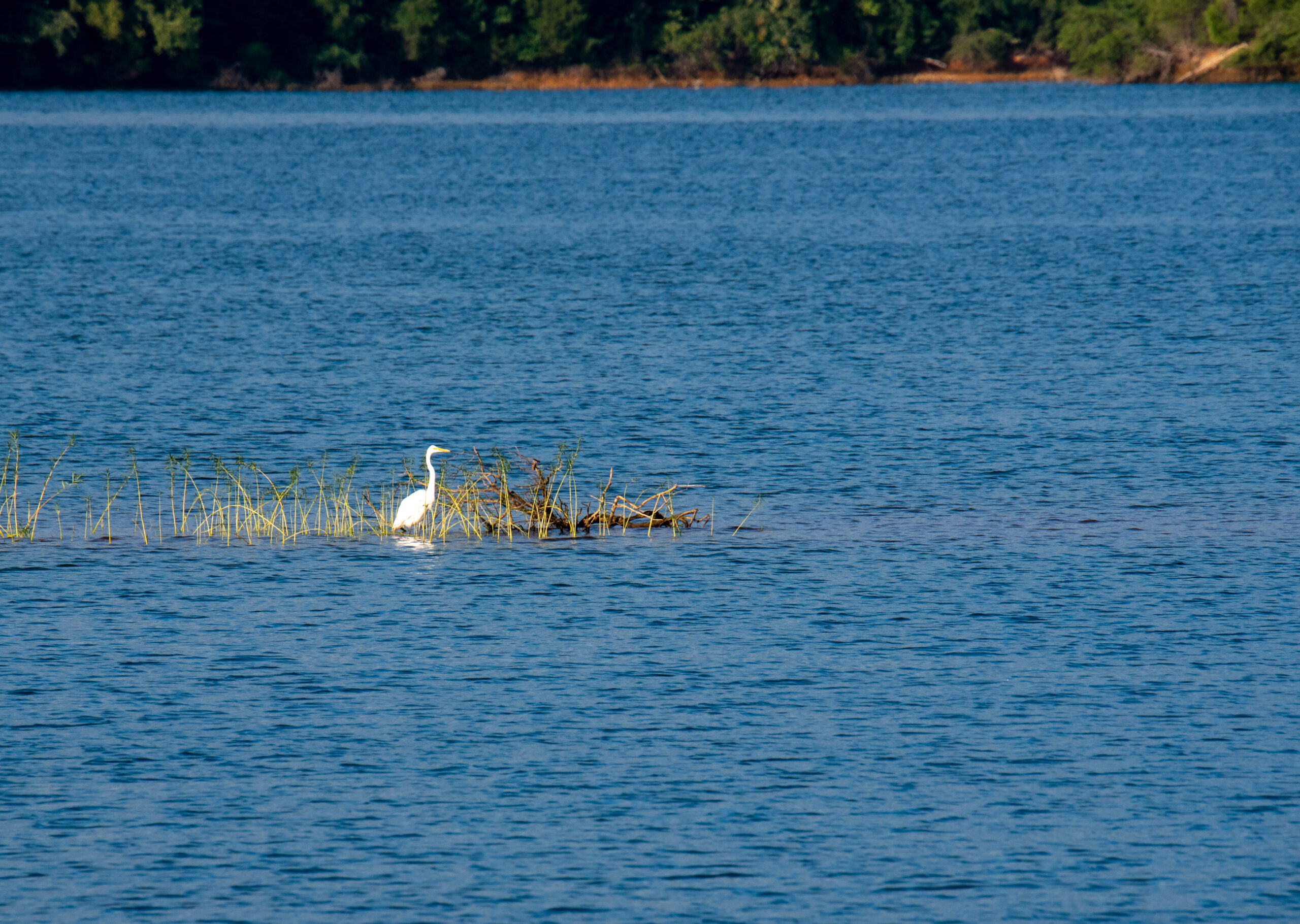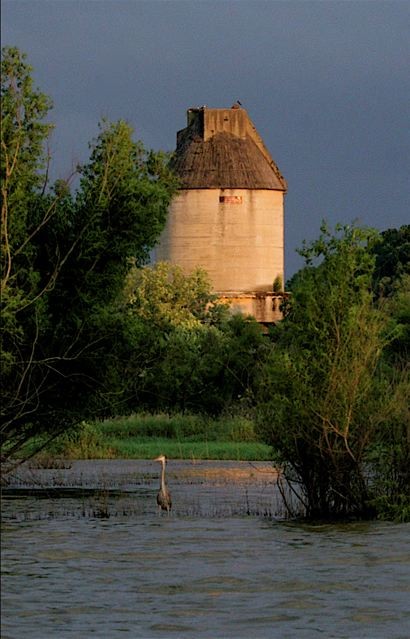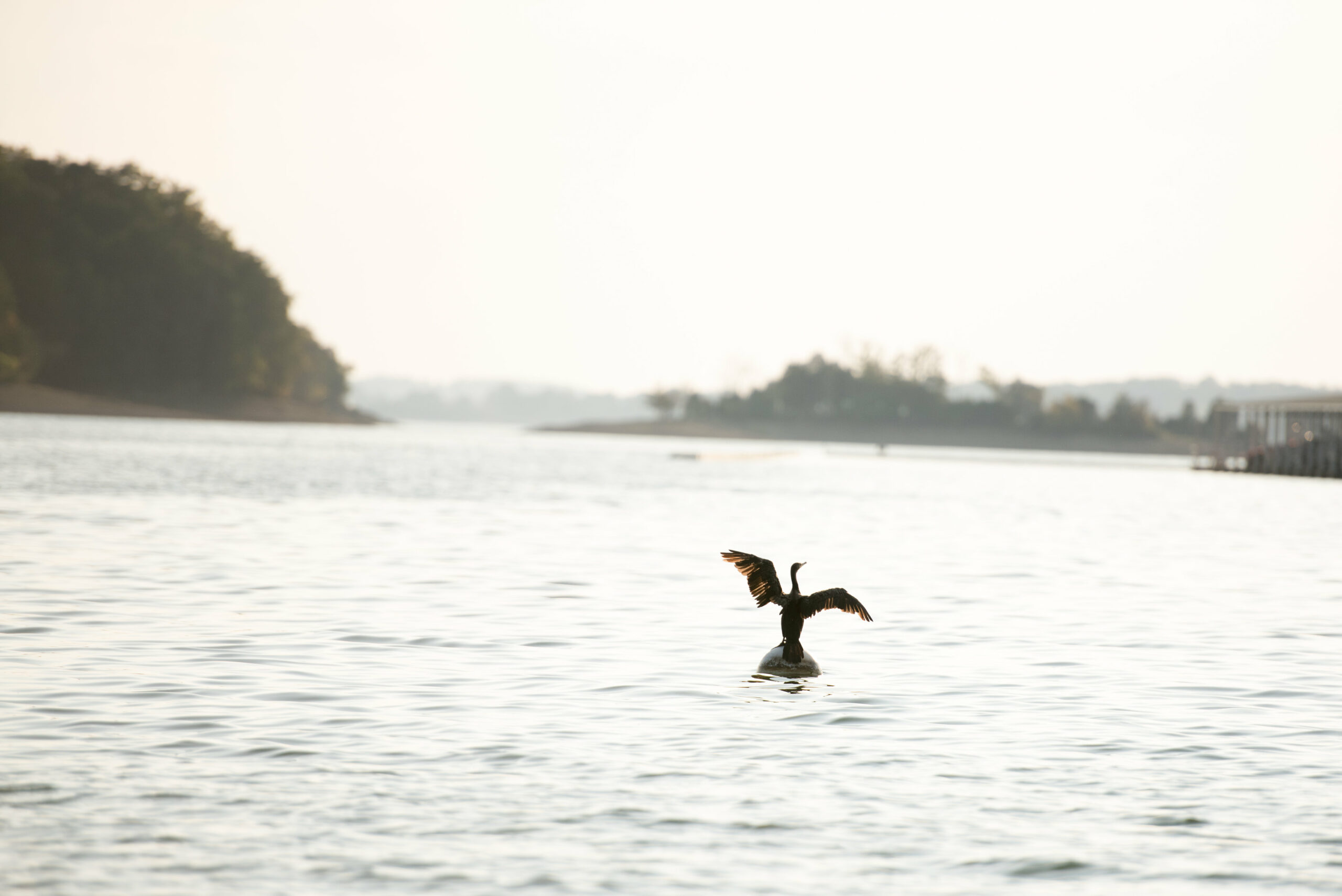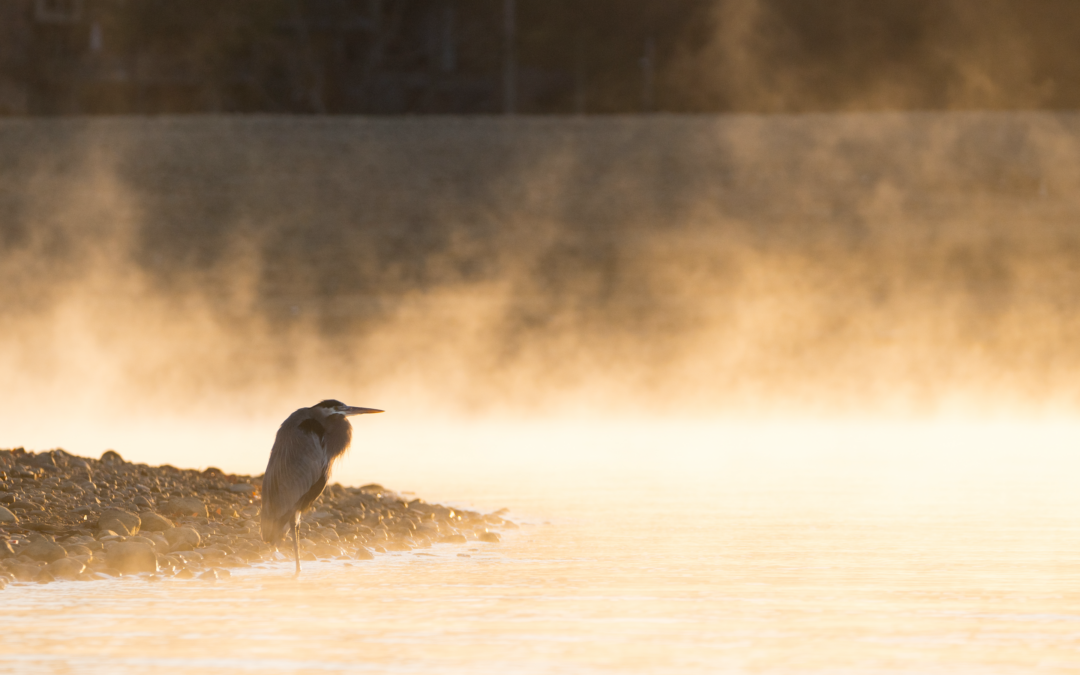The Lakeside of the Smokies is nestled perfectly against the Smoky mountains making it a nature lovers paradise. Diverse habitats range from soaring peaks to pristine lakes, encouraging bird watchers to flock to the area to catch a glimpse of the native birds of East Tennessee. While there are thousands of great spots for seasoned or novice bird watchers to explore the skies, today we are going to focus on some of our favorite birds and favorite spots.
Common East Tennessee Birds
There are over 250 different species of birds recorded in the East Tennessee region. Today we are going to focus on some of the species that birdwatchers tend to look for–Warblers, Egrets, Woodpeckers, Owls, and Bald Eagles.
What’s a Warbler?
Warblers are any of the various songbirds belonging to the Sylviidae, Parulidae, or Peucedramidae family of birds. There are over 120 species of New World warblers that live in North and Central America that eat mostly insects. Check out the brightly colored warblers, such as the Yellow-rumped Warbler or the Prothonotary Warbler. Both have beautiful flashes of bright yellow. The Black- throated Blue Warbler has stunning blue and black markings down its head and back. Warblers primarily eat small insects, berries, and nectar.
Egrets
Egrets are a part of the heron family. The Cattle Egret hangs around cows or other large farm animals. They catch the insects the animals stir up as they walk through the grass. The Snowy Egret is a snow white, small, graceful bird with bright yellow feet. Many bird watchers say it looks almost as if they are dancing in the shallow water as they hunt for food.

Woodpeckers
Fun fact: did you know woodpeckers can tap 20 times per second? Listen closely to the woods and you will hear the rhythmic tapping of woodpeckers. These birds use their strong beaks to drill/hammer holes into trees to search for insects and make their nests. All five of the major species of woodpeckers in Tennessee feature red accents on their heads with white and black feathers on their body.
Owls
Owls are considered masters of disguise because they blend in so well with their surroundings. Owls hunt mice, rats, squirrels, lizards, snakes, and other small animals. They are primarily nocturnal and can rotate their heads 270 degrees. The three most common in Tennessee are the Barred Owl, the Eastern Screech Owl, and Great Horned Owl.
Osprey Oasis
Be sure to look up and you will see the main attraction- Osprey! These birds are fantastic fish hunters that build impressive nests on old bridges or trees. In the late 1970s, the Tennessee Valley Authority (TVA) and Tennessee Wildlife Resource Agency (TWRA) began releasing young osprey into the area to grow the population in and around East Tennessee. There are at least three active nests in the area. Ospreys eat almost exclusively fish, which is rare for a raptor bird. They also only swoop to capture fish that are within three (3) feet from the water surface.
Bald Eagles
Last but certainly not least, Bald Eagles. These are the undisputed kings of the sky with powerful wings and strong talons. Eagles typically hunt for fish, smaller birds, or small mammals. Eagles are not actually bald; their heads are white. Bald refers to an old English term meaning white. Like most Americans, we know that the Bald Eagle is the National Symbol of the United States. What many people do not know is that the Bald Eagle was almost extinct in the 1950s and 1960s due to a pesticide used in farming. Luckily, the pesticide was banned, and eagle populations have rebounded.
Where to Bird Watch
Now that you know about some of the more popular birds in the area, let’s look at where to find them. Any time is great to visit the Lakeside, but we recommend April-September for prime bird watching.

Rankins Bottoms
Ever dreamed of feeling like a real-life bird detective? Then Rankins Bottoms, located on the north end of Douglas Lake, needs to be on your radar. The mudflats and forested wetlands that make up Rankins Bottoms attract many different bird species and provide diverse habitats for these birds to choose from.
Nearly 90 different species of water birds have been spotted at Rankins Bottoms, including Osprey, Woodpeckers, and Warblers. While it is a premier site for warm season waterbirds, you can find a variety of birds all year long.
- Spring: As flowers bloom and snow melts, we see an array of activity from Sandpipers, Yellowlegs, Falcons, Storks, and Geese.
- Summer: During the summer, all the action shifts to the mudflats. You can find several species of Herons, Cranes, Swans, and Swallows.
- Fall/Winter: As most of the activity calms for the winter, you can still find ducks, geese, Bald Eagles, Snowy Owls, and a few others.

Mossy Creek Wildlife Viewing Area
Just across Jefferson County, near Cherokee Lake, you will find Mossy Creek Wildlife Viewing Area. With over one hundred different species of birds, you are guaranteed to spot something amazing. Great Blue Herons and Little Blue Herons can be seen swooping down to hunt for fish. Or you might catch a glimpse of a Wood Duck floating peacefully downstream. Be sure to be on the lookout for the state bird of Tennessee, the Mockingbird! We love to see Bald Eagles, Owls and Egrets hunting in their natural habitats. Don’t be surprised if you also see beavers, turtles, and other rodents scurrying about. Let’s look at what we can expect to see throughout the seasons.
- Spring: As the earth reawakens, Wood Ducks, Warblers, and Cardinals begin to appear.
- Summer: Summer is when the Great Blue Herons begin to make their appearance, along with some Sparrows and Kingbirds. Be sure to try to sneak peaks as this is the prime season to see some young birds that are leaving the nests.
- Fall/Winter: As the leaves fall, many birds do make their way south for warmer weather. However, we are still able to see Hawks, Ravens, and the majestic Bald Eagle.
Cherokee Dam
Not far from the Mossy Creek Wildlife Viewing area is the tailwaters of Cherokee Lake and Cherokee Dam. This large park area has great walking trails and scenic lookouts that are perfect for spotting birds of all types. It is also a great spot to launch a boat or watercraft to explore the shoreline and coves of the lake, offering a different vantage point to view birds and wildlife.
Douglas Dam
Like Cherokee Dam to the North, Douglas Dam Park has amazing scenic overlooks of Douglas Lake and great trails and recreational areas that are perfect for bird watching enthusiasts. Birds can be spotted from Douglas Headwater Park and Boat Launch, overlooking Douglas Lake, and below the dam at the Tailwater Park which offers spectacular views of the dam along the banks of the French Broad River famously known for attracting birds-of-prey who fish in the choppy waters flowing from the dam.

A Bird Watchers Paradise Awaits on the Lakeside of the Smokies
This is just a small example of the incredible diversity of birds in East Tennessee. There is always something new to discover. Don’t forget to grab your binoculars and hiking boots! Always remember to be respectful of these creatures by observing from a distance and avoid disturbing their habitats. Make it a full weekend trip by staying at some of our quaint cabins or bed & breakfasts. Take in some history while shopping downtown. Lakeside of the Smokies has so much to offer for the whole family.

